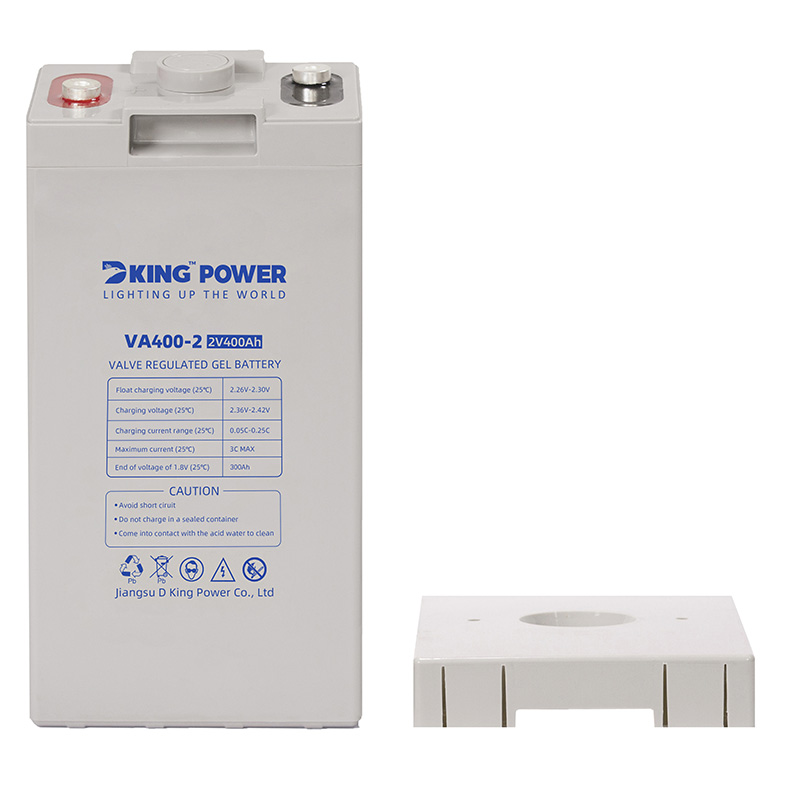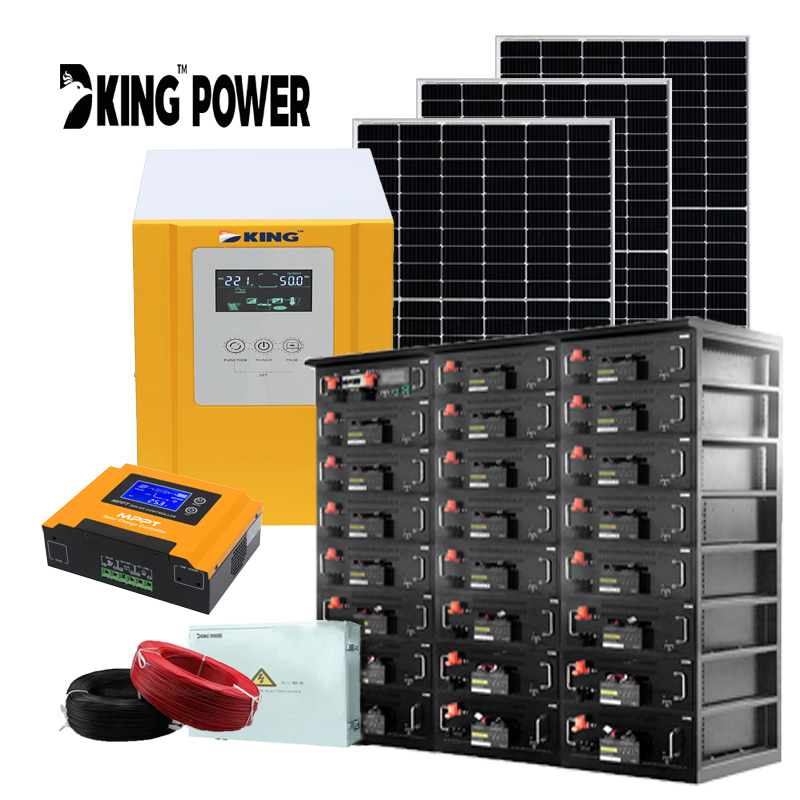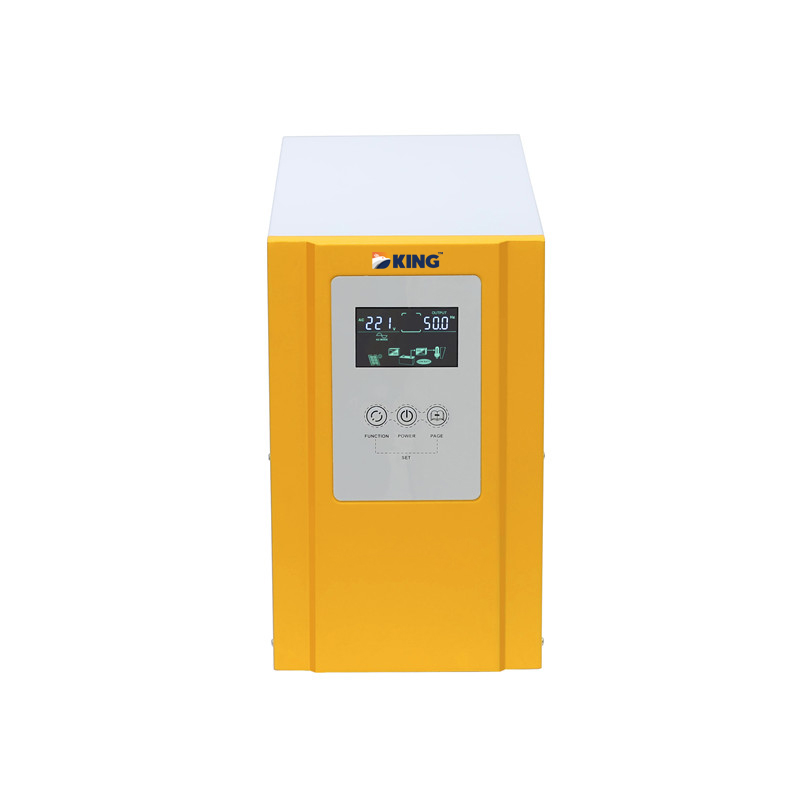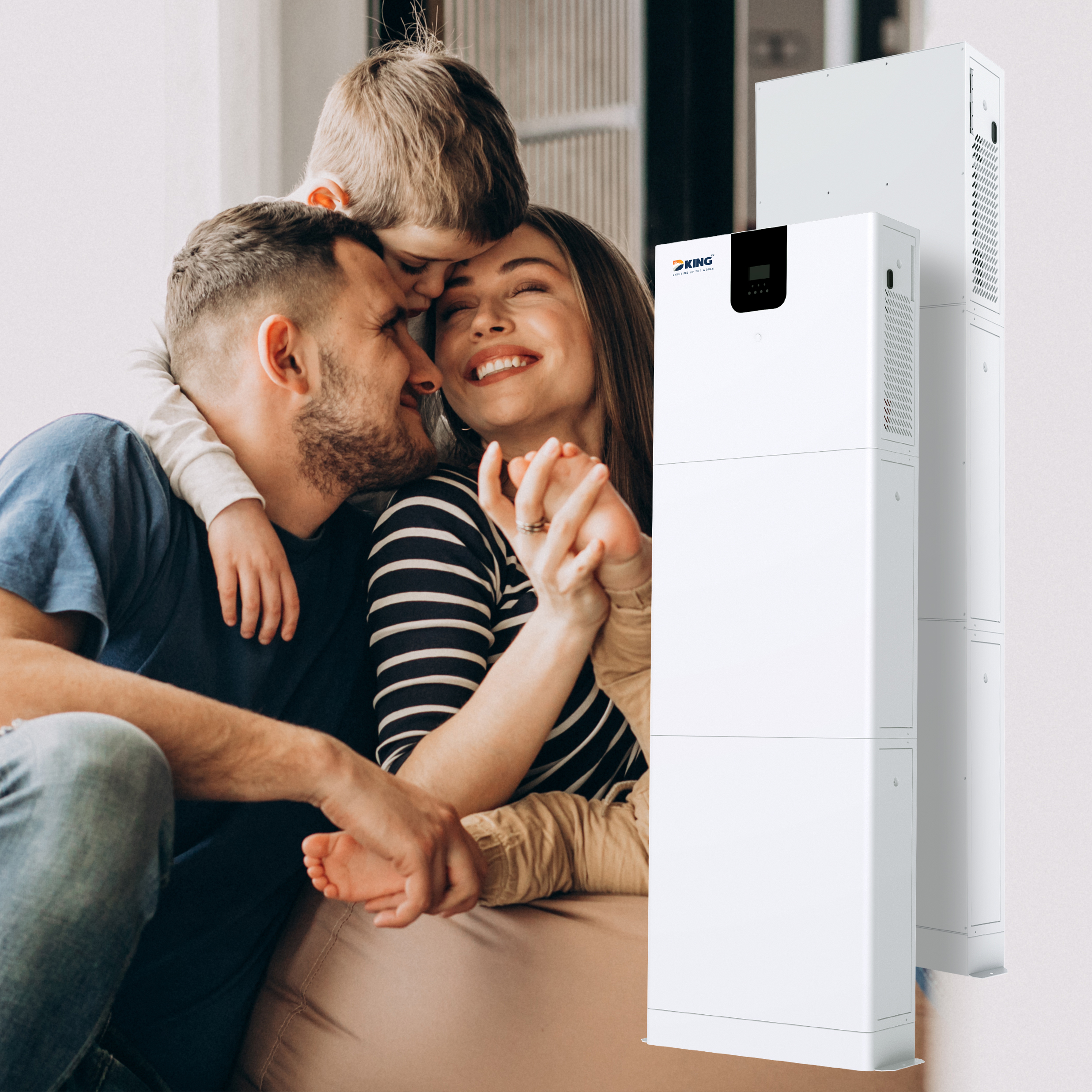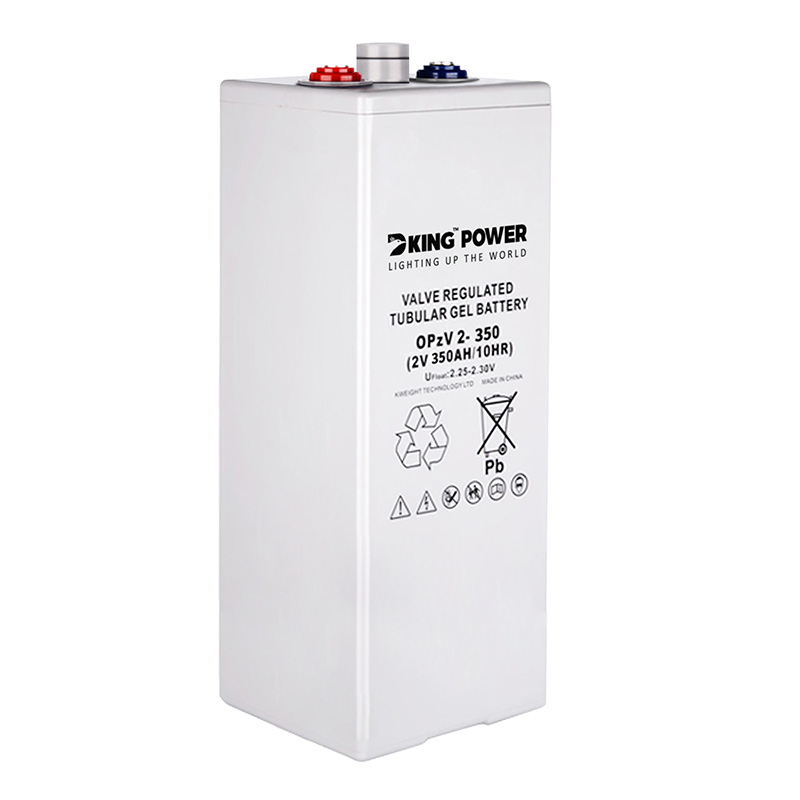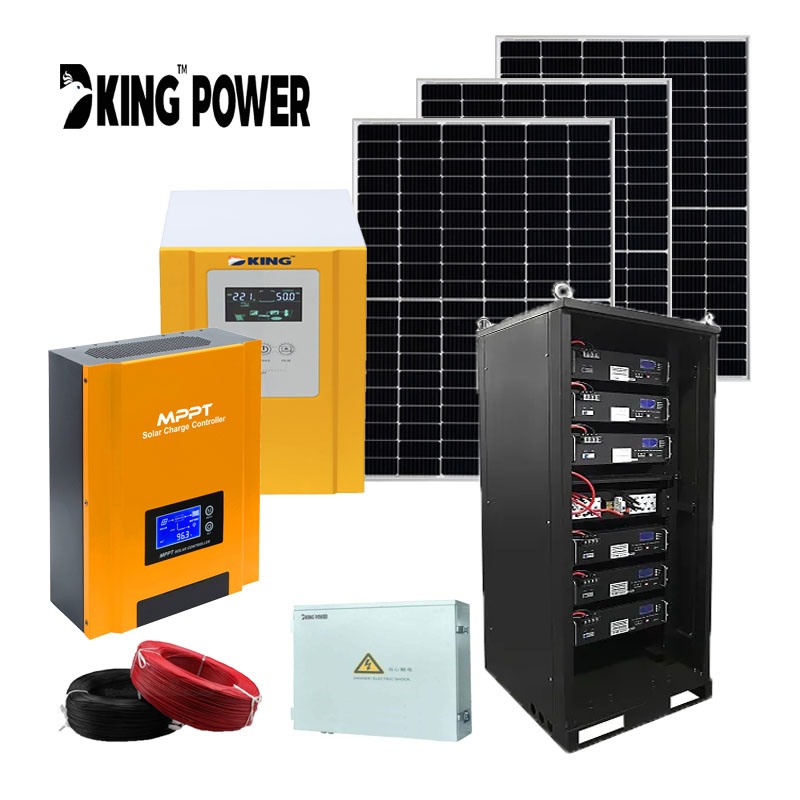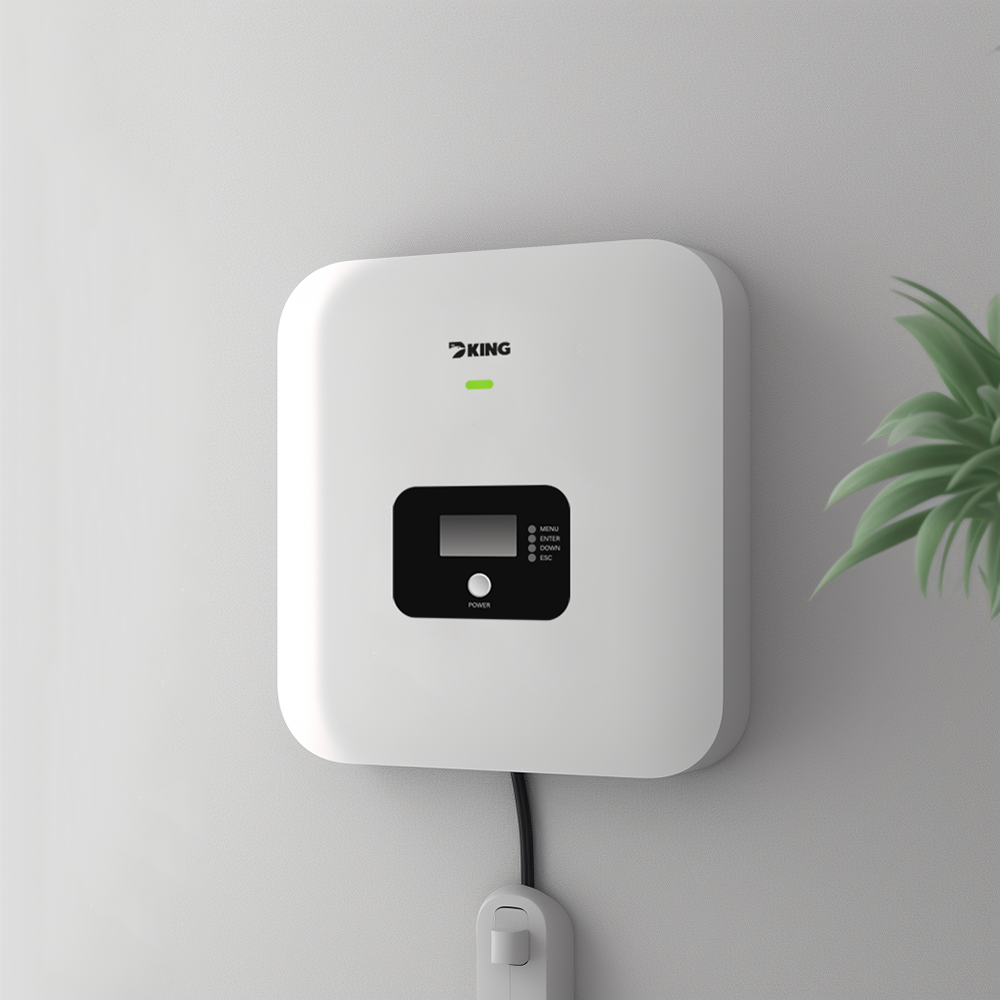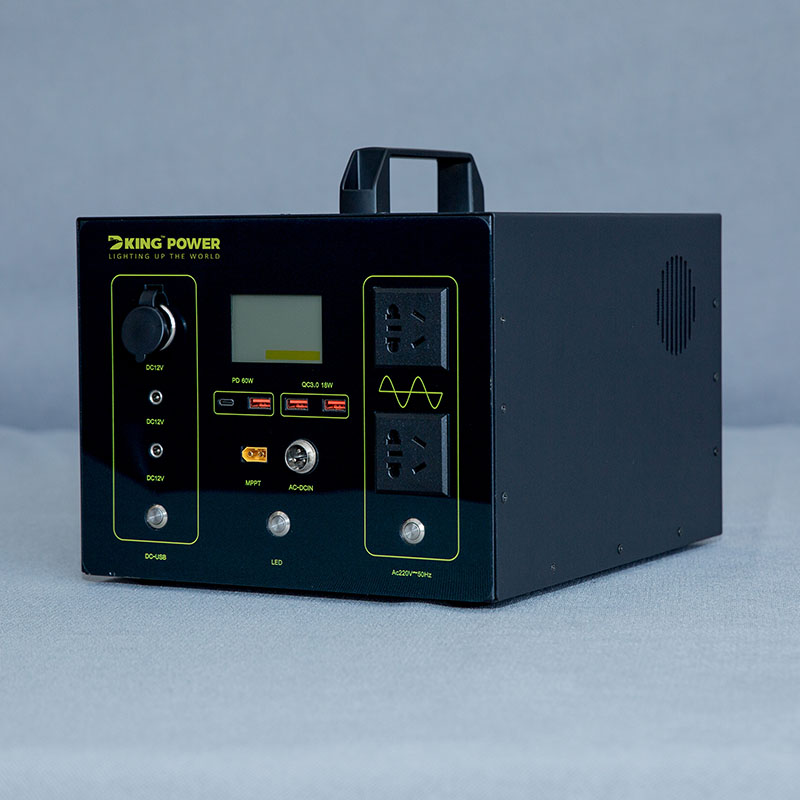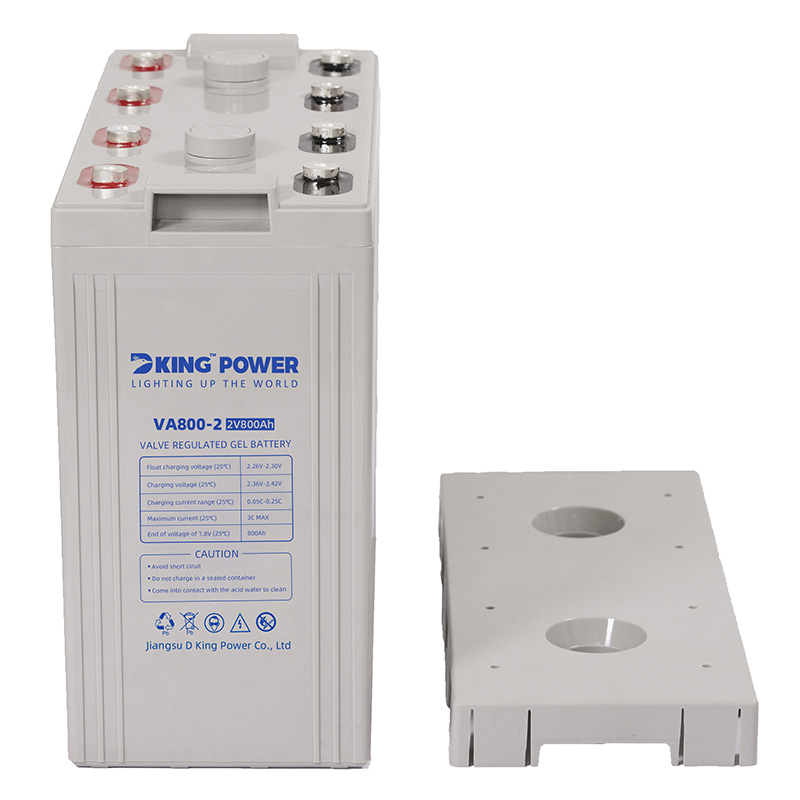| Model | Voltage | Capacity | Weight | Size |
| DKGB2-100 | 2v | 100Ah | 5.3kg | 171*71*205*205mm |
| DKGB2-200 | 2v | 200Ah | 12.7kg | 171*110*325*364mm |
| DKGB2-220 | 2v | 220Ah | 13.6kg | 171*110*325*364mm |
| DKGB2-250 | 2v | 250Ah | 16.6kg | 170*150*355*366mm |
| DKGB2-300 | 2v | 300Ah | 18.1kg | 170*150*355*366mm |
| DKGB2-400 | 2v | 400Ah | 25.8kg | 210*171*353*363mm |
| DKGB2-420 | 2v | 420Ah | 26.5kg | 210*171*353*363mm |
| DKGB2-450 | 2v | 450Ah | 27.9kg | 241*172*354*365mm |
| DKGB2-500 | 2v | 500Ah | 29.8kg | 241*172*354*365mm |
| DKGB2-600 | 2v | 600Ah | 36.2kg | 301*175*355*365mm |
| DKGB2-800 | 2v | 800Ah | 50.8kg | 410*175*354*365mm |
| DKGB2-900 | 2v | 900AH | 55.6kg | 474*175*351*365mm |
| DKGB2-1000 | 2v | 1000Ah | 59.4kg | 474*175*351*365mm |
| DKGB2-1200 | 2v | 1200Ah | 59.5kg | 474*175*351*365mm |
| DKGB2-1500 | 2v | 1500Ah | 96.8kg | 400*350*348*382mm |
| DKGB2-1600 | 2v | 1600Ah | 101.6kg | 400*350*348*382mm |
| DKGB2-2000 | 2v | 2000Ah | 120.8kg | 490*350*345*382mm |
| DKGB2-2500 | 2v | 2500Ah | 147kg | 710*350*345*382mm |
| DKGB2-3000 | 2v | 3000Ah | 185kg | 710*350*345*382mm |


Lead ingot raw materials
Polar plate process
Electrode welding
Assemble process
Sealing process
Filling process
Charging process
Storage and shipping
 Gel battery can last for several years_ Service life of gel battery There are two measures for battery life One is the floating charge life, that is, the service life when the maximum capacity that the battery can release is not less than 80% of the rated capacity under standard temperature and continuous floating charge conditions. The second is the number of times of 80% deep cycle charging and discharging, that is, the number of times German solar cells with full capacity can be recycled after 80% of the rated capacity is discharged. Generally, engineers and technicians only attach importance to the former and neglect the latter. 80% of the times of deep cycle charging and discharging represents the actual number of times that the battery can be used. In the case of frequent power outages or low quality of mains electricity, when the actual number of times of battery use has exceeded the specified number of cycles of charging and discharging, although the actual use time has not reached the calibrated floating charge life, the battery has actually failed. If it cannot be found in time, it will bring greater potential accidents. Therefore, when selecting storage battery, we should pay attention to both life indicators, and the latter is particularly important under the condition of frequent interruption of mains power. When selecting UPS supporting German solar battery, we should consider sufficient floating charge life margin. According to relevant experience, the actual service life of the battery is usually only 50%~80% of the calibrated floating charge life. This is because the actual floating charge life of the battery is related to many factors such as standard temperature, actual ambient temperature, battery charging voltage, use and maintenance. When the actual ambient temperature is 10 ℃ higher than the standard ambient temperature, the floating charge life of the battery will be shortened by half due to the doubling of the internal chemical reaction speed. Therefore, the UPS battery room should be equipped with air conditioning equipment. In terms of temperature value, the European standard is 20 ℃, and the Chinese, Japanese and American standards are 25 ℃. If the battery with a 10 year floating charge life of 20 ℃ is converted to the 25 ℃ standard, it is only equivalent to a 7-8 year floating charge life. The nominal floating charge life of the supporting battery should be the value obtained by dividing the expected actual service life of the battery by a life factor. This life coefficient is usually determined based on relevant experience. It can be 0.8 for batteries with high reliability and 0.5 for batteries with low reliability.
Gel battery can last for several years_ Service life of gel battery There are two measures for battery life One is the floating charge life, that is, the service life when the maximum capacity that the battery can release is not less than 80% of the rated capacity under standard temperature and continuous floating charge conditions. The second is the number of times of 80% deep cycle charging and discharging, that is, the number of times German solar cells with full capacity can be recycled after 80% of the rated capacity is discharged. Generally, engineers and technicians only attach importance to the former and neglect the latter. 80% of the times of deep cycle charging and discharging represents the actual number of times that the battery can be used. In the case of frequent power outages or low quality of mains electricity, when the actual number of times of battery use has exceeded the specified number of cycles of charging and discharging, although the actual use time has not reached the calibrated floating charge life, the battery has actually failed. If it cannot be found in time, it will bring greater potential accidents. Therefore, when selecting storage battery, we should pay attention to both life indicators, and the latter is particularly important under the condition of frequent interruption of mains power. When selecting UPS supporting German solar battery, we should consider sufficient floating charge life margin. According to relevant experience, the actual service life of the battery is usually only 50%~80% of the calibrated floating charge life. This is because the actual floating charge life of the battery is related to many factors such as standard temperature, actual ambient temperature, battery charging voltage, use and maintenance. When the actual ambient temperature is 10 ℃ higher than the standard ambient temperature, the floating charge life of the battery will be shortened by half due to the doubling of the internal chemical reaction speed. Therefore, the UPS battery room should be equipped with air conditioning equipment. In terms of temperature value, the European standard is 20 ℃, and the Chinese, Japanese and American standards are 25 ℃. If the battery with a 10 year floating charge life of 20 ℃ is converted to the 25 ℃ standard, it is only equivalent to a 7-8 year floating charge life. The nominal floating charge life of the supporting battery should be the value obtained by dividing the expected actual service life of the battery by a life factor. This life coefficient is usually determined based on relevant experience. It can be 0.8 for batteries with high reliability and 0.5 for batteries with low reliability.

